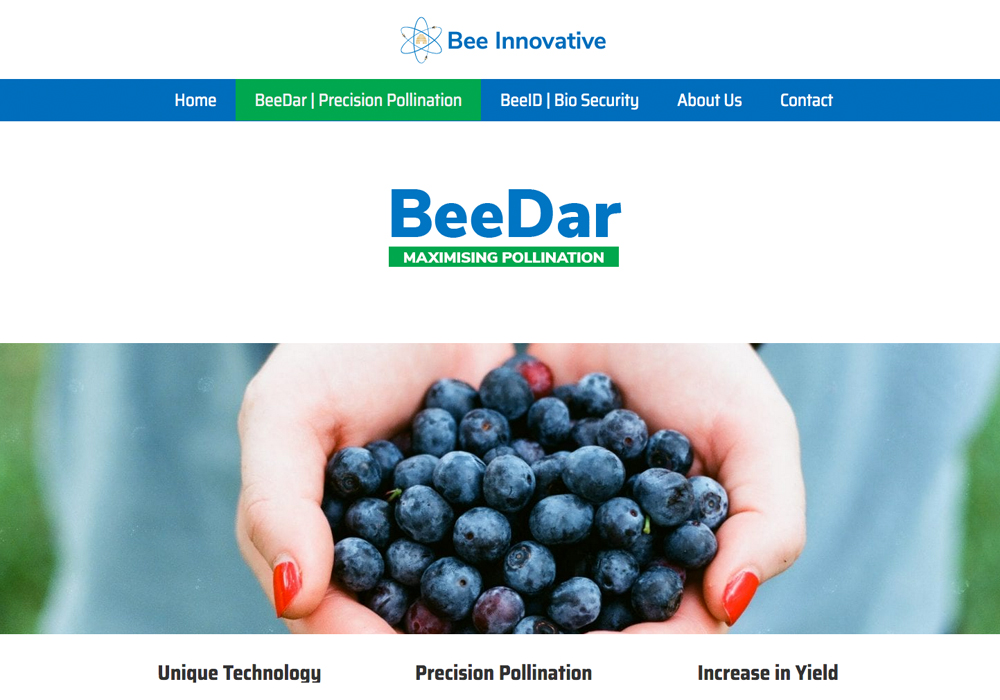Technology will be tested in North Dakota this summer that could help producers move hives based on bee activity
A high-tech company from Australia believes it can make bees more productive, particularly when it comes to pollinating crops.
This summer, Bee Innovative and scientists from the University of North Dakota are testing out a concept called “precision pollination” in sunflower crops near Bismarck, N.D.
They want to know if a technology, known as BeeDar, can improve yields for sunflower producers.
“BeeDar is a radar-like sensor which identifies, tracks and reports honeybee pollination activity in near real time,” said Kate Lyall, Bee Innovative’s chief technology officer.
Read Also

Drones now used to assess wildlife crop damage in Saskatchewan
Wildlife damage in Saskatchewan crops is now assessed by drones and artificial intelligence.
“By tracking honeybees in sunflower crops, farmers can make better use of hives to improve pollination, increasing yields and the value of their crop.”
The U.S. National Sunflower Association, which has offices near Bismarck, encouraged Bee Innovative to test its technology in North Dakota. It worked with the company to set up two 20-acre sunflower fields for the experiment.
The researchers will use drones, equipped with BeeDar, to monitor the bees and gather data on their pollination habits.
The system measures pollination activity in real time and alerts farmers to areas (in the field) of poor pollination, the Bee Innovative website says.
Bee Innovative claims its technology has increased blueberry yields in Australia by 20 percent.
In the North Dakota experiment, the goal is to boost sunflower yields by 10 percent.
The University of North Dakota is well known for its research on unmanned aerial systems, also known as drones, and equipping one with a BeeDar sensor will enable the scientists to create a pollination map of the sunflower fields. Using the map, they will make adjustments to improve pollination in one of the fields.
“We’ll get our end results and see how the two fields compare,” said Paul Snyder, director of the Aerospace UAS program at UND.
“(But) we have to make sure we’re working with the bee producers in the state and working with the farmers. It must be a collaborative effort if we’re going to see the results we want.”
The BeeDar technology is not limited to sunflowers or blueberries. Producers of any pollinated crop could use the system and potentially increase crop yields.
The North Dakota experiment will begin later this summer when the sunflower crop begins to flower.
















